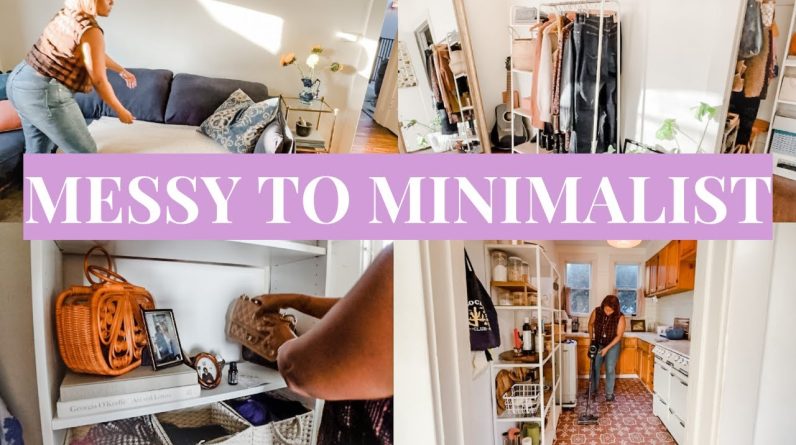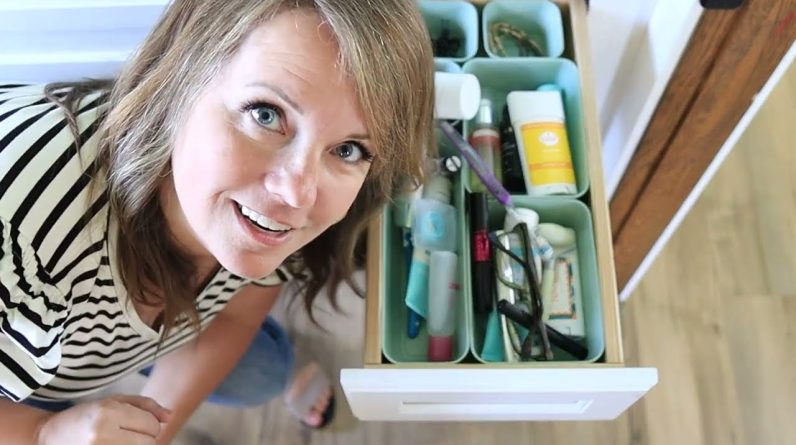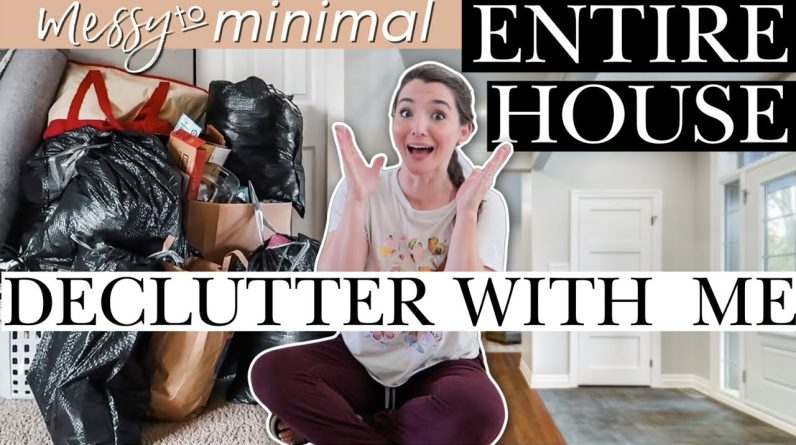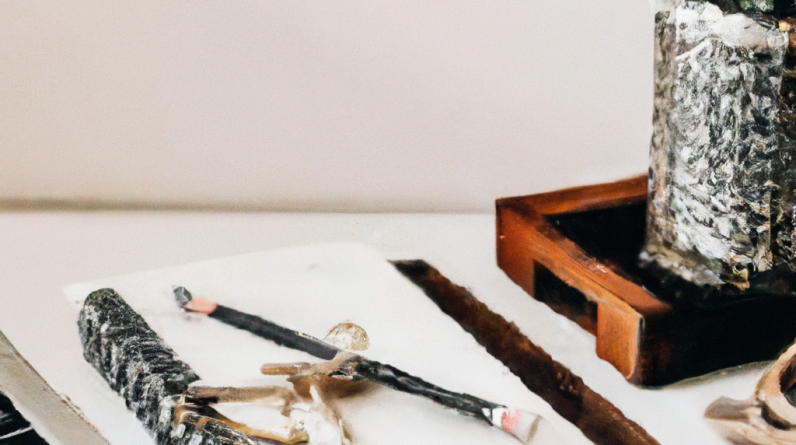
In the video “9 Tips for an Organized and Minimalist Home,” Rebecca Sisson, a content creator, marketer, and YouTuber, shares her expertise on living a clutter-free life. She believes that decluttering is essential, but the real secret lies in creating and maintaining systems. Living in an organized space contributes to clear thinking and reduced stress. Rebecca provides nine practical tips for an organized home, such as grouping similar items together and using containers for added organization. She also emphasizes the importance of decluttering before organizing and the benefits of simple furniture with fewer surfaces and drawers. By giving everything a designated home and finding ways to neatly contain cords, one can maintain an organized and minimalist living environment effortlessly.
Rebecca’s video aims to inspire viewers towards mindful living, discussing topics like minimalism, sustainability, zero waste, and wellness. She encourages viewers to embrace organization as a way to not only create a visually pleasing and calm space but also to enhance overall well-being. With her helpful tips and relatable approach, Rebecca empowers individuals to prioritize organization and minimalism in their homes for a clutter-free lifestyle.
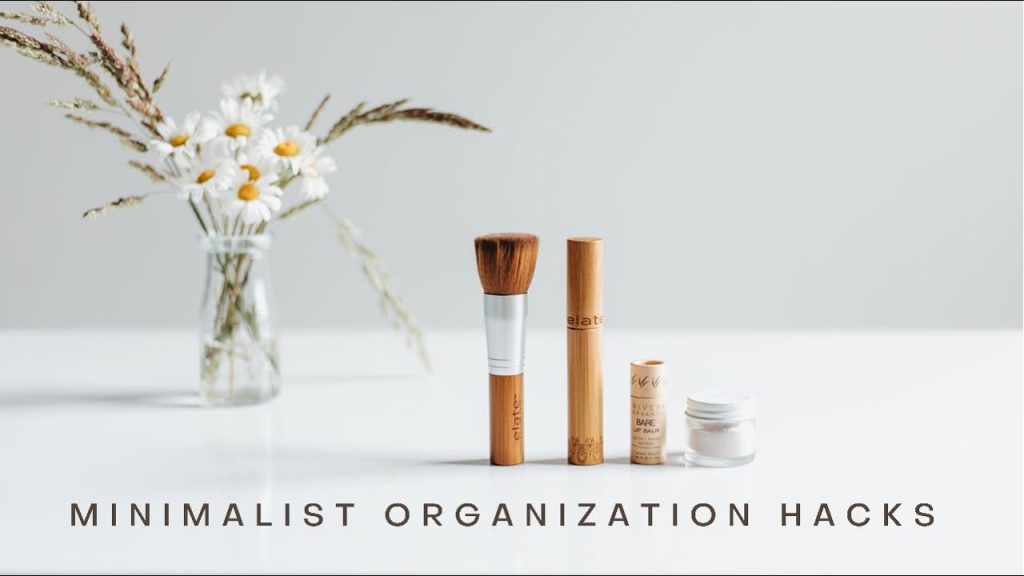
Table of Contents
Tip 1: Group Similar Items Together
When it comes to organizing your home, one of the first tips I have for you is to group similar items together. This might seem like a basic tip, but you’d be surprised at how many people don’t actually do it. By keeping all your coats in one place or all your phone chargers in a designated spot, you not only make it easier to find what you need, but you also gain a better understanding of your inventory. It’s a simple yet effective way to stay organized and keep track of your belongings.
For example, if you have coats scattered throughout your house in different closets and rooms, it can be difficult to know exactly how many coats you have or which ones you actually wear. By grouping all your coats together in one designated area, you can easily see what you have and assess if you have any duplicates or items you no longer need. This principle can be applied to a wide range of belongings, from kitchen utensils to electronic cords. Grouping similar items together not only promotes organization but also helps you become more mindful of what you own.
Tip 2: Use Containers for Cabinets and Drawers
To add a touch of organization to your cabinets and drawers, my next tip is to use containers. Adding containers not only helps keep items contained and prevents them from sliding around or getting lost, but it also visually enhances the overall appearance of the space.
Containers can be as simple as repurposed cardboard boxes or old glass jars. If you receive packages or have empty shoe boxes lying around, they can serve as excellent containers for storing various items. Additionally, you can personalize these containers by wrapping them in fabric or painting them to match your aesthetic preferences. The key is to use containers that fit the items you want to store and create a cohesive look in your space.
By implementing containers in your cabinets and drawers, you’ll have a clear organization system in place. It’s a small change that can make a big difference in maintaining a clutter-free home.
Tip 3: Declutter Before Organizing
Before diving into the organizing process, it’s crucial to declutter first. I know how tempting it can be to purchase new organization containers and dive right in, but decluttering is an essential step in creating a successful organization system.
Take some time to assess the items you currently have and ask yourself if you truly need them. Often, we accumulate things without realizing it, and these unnecessary items can contribute to clutter and disorganization. By decluttering and letting go of items you no longer need or use, you’ll have a clearer vision of what you actually want to keep and organize.
Decluttering can be a daunting task, but it’s worth the effort. Start with one area or category at a time and consider donating, selling, or recycling items that no longer serve a purpose in your life. Once you’ve decluttered, you can move forward with organizing what remains and create systems that truly work for you.
Tip 4: Choose Simple Furniture with Fewer Surfaces
When it comes to furniture, opting for simple designs with fewer surfaces can help prevent clutter and promote organization. The more surfaces and drawers a piece of furniture has, the more likely it is to become a magnet for accumulating unnecessary items.
Consider the furniture in your home and think about its functionality. Are there surfaces or drawers that aren’t utilized to their full potential? If so, it might be time to reevaluate and simplify. For example, instead of a coffee table with multiple shelves and drawers, opt for a minimalist design with a single surface. This reduces the temptation to store excess items and creates a cleaner, more organized space.
By consciously choosing furniture with fewer surfaces, you’ll create a more intentional and clutter-free environment. It’s all about making conscious choices that align with your organizational goals and your personal style.

Tip 5: Designate a Home for Everything
To maintain an organized home, it’s essential to designate a home for everything you own. This means that every item in your possession should have a specific place to reside when it’s not in use. It’s especially important for everyday carry items like keys, wallets, phones, and sunglasses.
Designating a home for these items prevents them from becoming clutter and ensures they’re always within reach when needed. Find a designated spot near your entrance or in a central location where you can easily grab and drop off these essentials. Whether it’s a decorative tray, a wall-mounted organizer, or a small basket, choose a storage solution that suits your style and keeps these items readily accessible.
By giving everything in your home a dedicated spot, you eliminate the visual clutter that often accumulates when belongings are left strewn about. Plus, it saves you time and frustration when you’re trying to locate something quickly.
Tip 6: Neatly Fold and Contain Cords
We all know the struggle of having a tangled mess of cords and cables lying around. To reduce cord clutter and keep them organized, my next tip is to neatly fold and contain cords.
After decluttering your cords and determining which ones you actually need, find a way to keep them neatly stored. One popular method is to repurpose old toilet paper rolls as cord holders. You can simply wrap your cables around the toilet paper roll and store them in a box or drawer, keeping each cord separate and easily accessible.
Alternatively, there are various cord wraps and organizers available, or you can use twist ties or rubber bands to keep cords together. The key is to find a solution that works for you and keeps your cords untangled and out of sight when not in use.
By taking the time to organize and contain your cords, you’ll eliminate the frustration of untangling them and create a more streamlined and visually pleasing space.
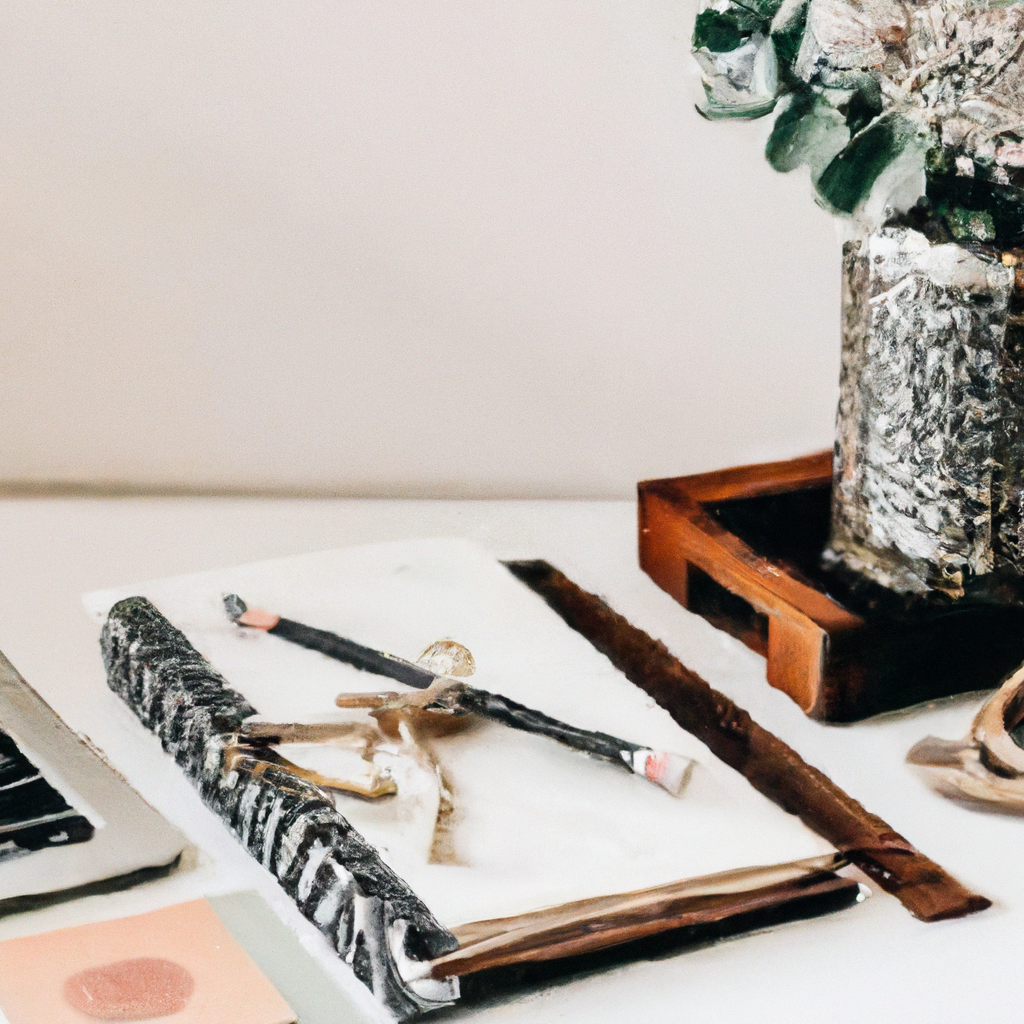
Tip 7: Implement File Folding for Clothing
When it comes to organizing your clothes, one method that can make a significant difference is file folding. This technique involves folding clothes in a way that allows you to see each item at a glance, similar to how files are stored in a filing cabinet.
Instead of stacking clothes on top of each other in piles, try folding them vertically and placing them side by side in your drawers. This way, you can easily see and access every item of clothing without needing to rummage through stacks or mess up folded piles.
File folding works particularly well for items like t-shirts, jeans, and sweaters, allowing you to maximize drawer space and keep your clothes organized. Not only does it present a visually appealing display, but it also saves you time and reduces the likelihood of your drawers becoming cluttered.
Tip 8: Avoid Stacking Items in the Kitchen
In the kitchen, it’s best to avoid stacking items whenever possible. Stacked items can lead to visual clutter, and it becomes challenging to access the items at the bottom without disrupting the entire stack.
Instead, opt for storage solutions that allow you to store items side by side or vertically. For example, consider using drawer dividers for utensils, spice racks for herbs and spices, and pot lid holders to keep your pot lids organized. By utilizing these types of storage solutions, you’ll create a more accessible and visually pleasing kitchen.
Additionally, it’s a good idea to regularly declutter your kitchen and get rid of any items you no longer use. This will not only free up space but also make it easier to keep your kitchen organized.
Tip 9: Maintain Organization with Daily Five-minute Tasks
Once you’ve established an organized home, it’s crucial to maintain it. My final tip is to incorporate five-minute tasks into your daily routine to ensure your organization systems stay effective.
Each day, set aside five minutes to tidy up and put things back in their designated places. This could involve returning items to their proper homes, wiping down surfaces, or decluttering any new items that may have accumulated throughout the day. By consistently investing this short amount of time, you’ll prevent clutter from building up and maintain a clean and organized space.
These daily tasks don’t need to be overwhelming or time-consuming. They’re meant to be quick and efficient, yet effective in maintaining the organization you’ve worked hard to achieve.
Conclusion
Organizing and maintaining an organized and minimalist home is a journey that requires intention and dedication. By following these nine tips, you can create a clutter-free space that promotes clear thinking and reduces stress.
Remember to group similar items together, use containers for cabinets and drawers, declutter before organizing, choose simple furniture with fewer surfaces, designate a home for everything, neatly fold and contain cords, implement file folding for clothing, avoid stacking items in the kitchen, and maintain organization with daily five-minute tasks.
Living in an organized space is not just about the physical aspect; it also contributes to mental well-being and a sense of peace. So take the time to implement these tips and create an environment that supports your goals and values. Enjoy the benefits of a clutter-free home and the joy that comes with intentional living.





